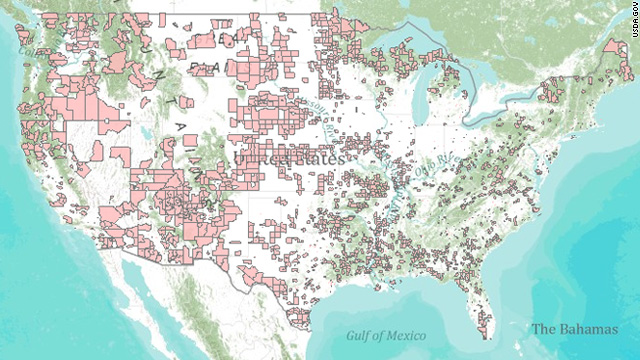First, I must mention just briefly about today's news. I cannot begin to remark on what a momentous occasion it is in our world history let alone nation's history except to say pax et bonum (peace and goodwill).
Moving onto the topic of food...There are many reasons or excuses for the rise of food and weakening of food security for millions of people: rising price of oil, overpopulation, weather, etc but now they're throwing in banks and stock brokers speculating on commodity prices. This is a concern that I have mentioned throughout this blog's history. Speculation is partly why the price of oil has been rising and speculation is partly why commodity prices have been rising as well (corn stock, cereal stock, etc). But this is a dangerous game to play because these people are interfering with a very basic right of the people--the right to eat, the right to food that is good and satisfying. This speculation and inflating the prices of commodities are driving millions into hunger. This isn't just about making money in the stock market but about whether or not hundreds of millions of people can afford rice, bread, etc for their families on any given day. Food prices have gone up 36% compared to last year which pushes 44 million more people into hunger. This means 44 million more people whose ACCESS to food has been drastically limited or if you will, shut off.
Food is a basic right and a common good for everyone yet the way we produce it and treat it as an economic good, industrial production product is making it into a luxury or a privilege. It is unhealthy both literally and figuratively. It is about time that we start pushing for a system change when it comes to how we produce and obtain our food both on an individual and community level.
For the short article on big banks and their influence on our food prices please go to
http://www.huffingtonpost.com/2011/05/02/banks-speculation-commodities-index-food-prices_n_856399.html










